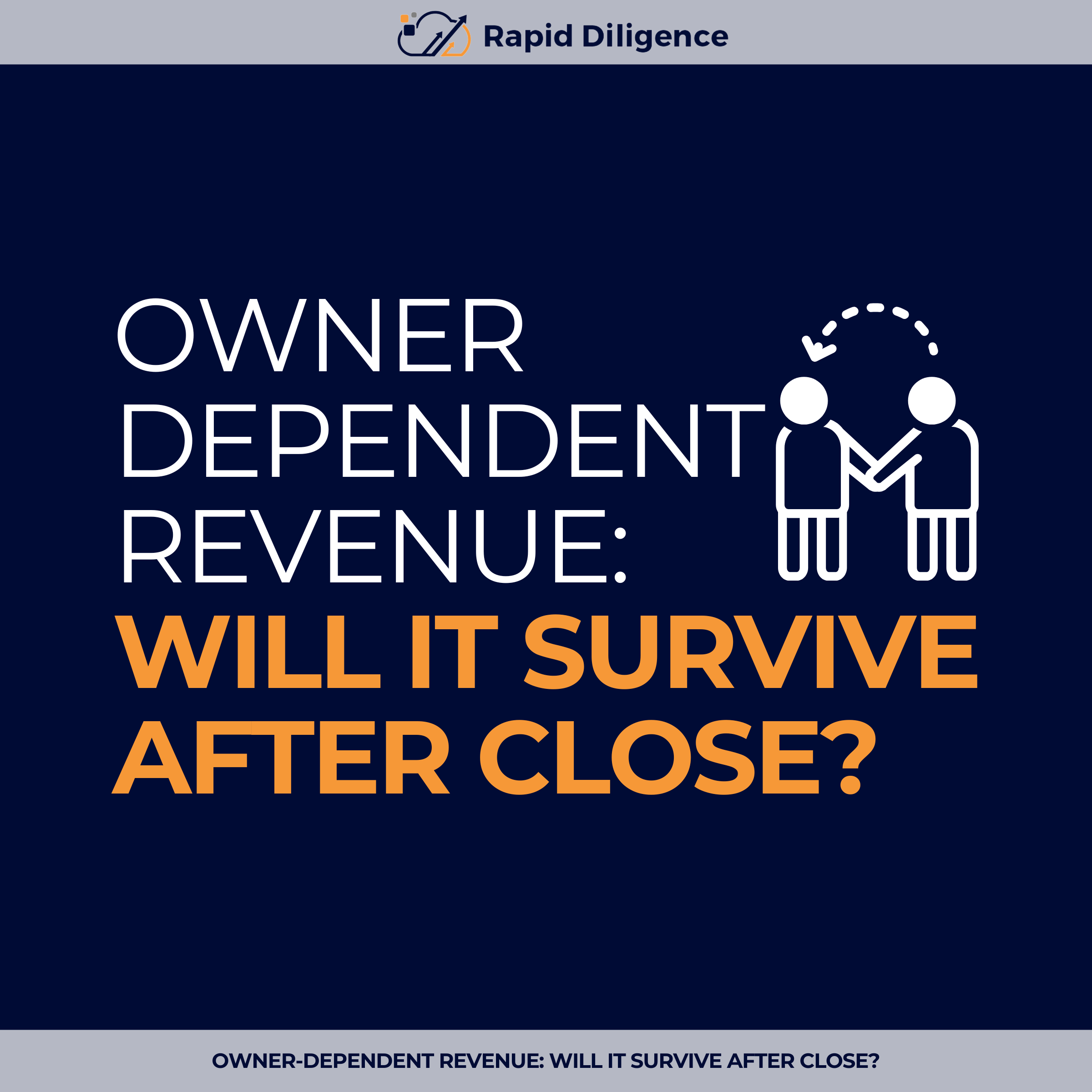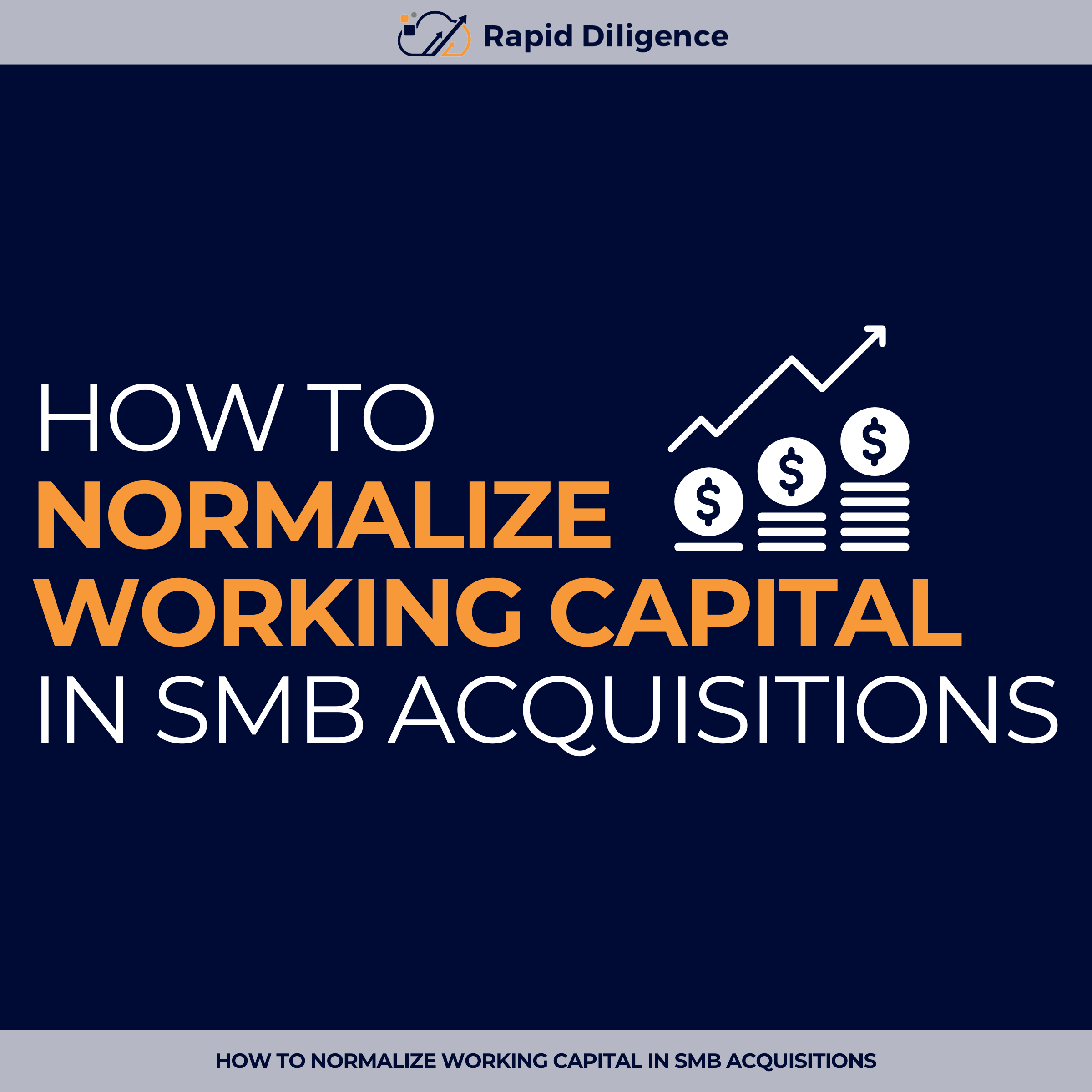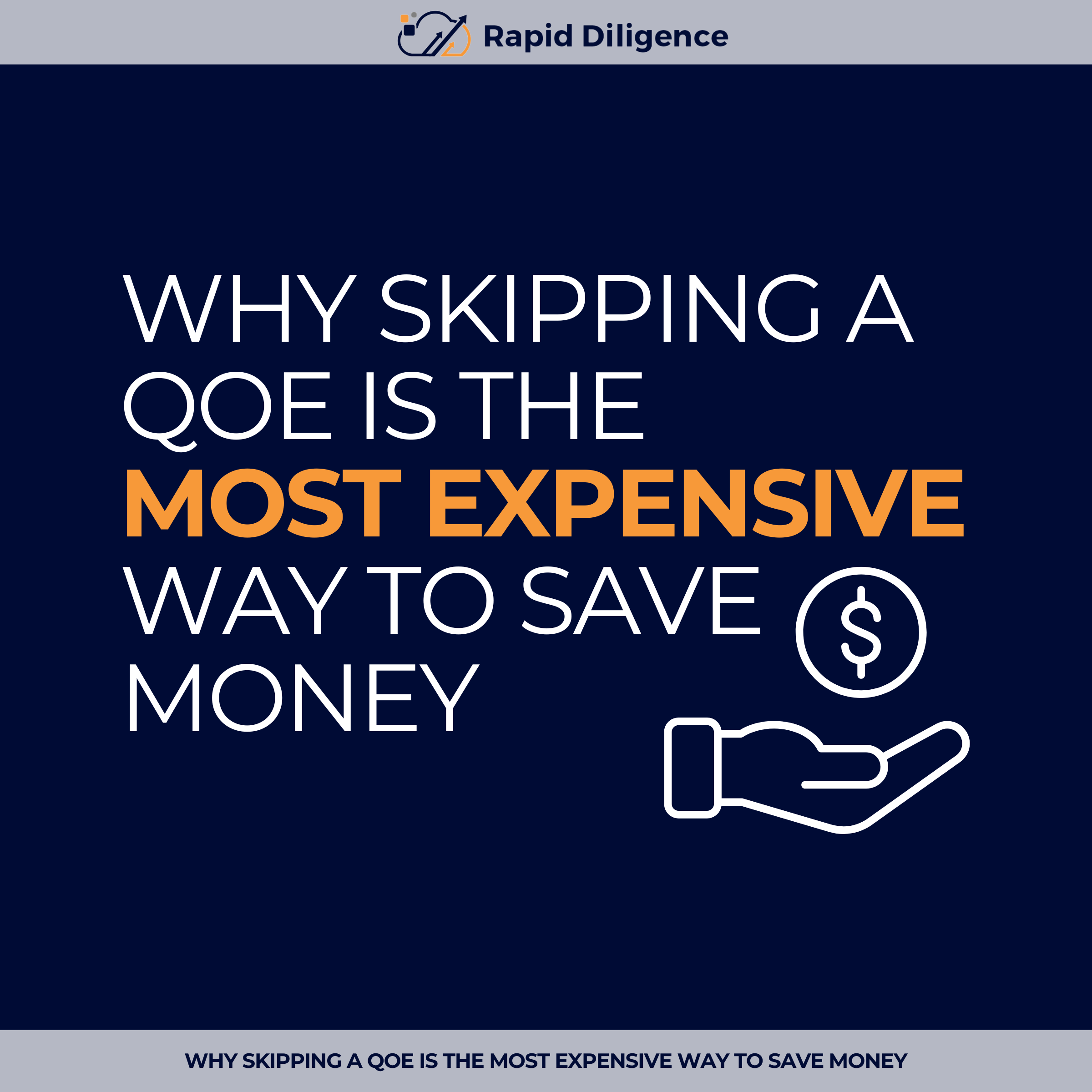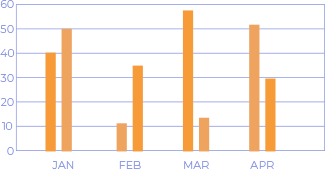When you buy a small business, you are not just acquiring assets, employees, and systems. You are also buying the revenue streams that sustain the company. But in many acquisitions, a closer look reveals those streams are closely tied to one person: the current owner.
This is what we call owner-dependent revenue. It refers to revenue that relies directly on the seller’s personal involvement, relationships, or reputation. While it may look steady on paper, the critical question is whether it will survive once the owner steps away.
For buyers, failing to recognize this risk can be costly. The business may appear healthy during negotiations, but if the seller’s departure causes sales to fall, the acquisition can quickly underperform expectations.
So how do you spot owner-dependent revenue during due diligence, and what can you do to protect yourself? Let’s explore.
What Is Owner-Dependent Revenue?
Owner-dependent revenue arises when sales or customer relationships are driven by the owner rather than the business itself.
This can show up in several ways:
- The owner is the main salesperson and brings in most of the company’s revenue.
- Clients work directly with the owner, bypassing staff.
- Key vendors, suppliers, or referral partners only work with the business because of the owner’s personal connections.
- The company’s reputation is based on the individual’s credibility, not the brand.
On paper, this revenue looks reliable. In reality, it can be fragile if the owner exits without a structured handover.
Why Owner Dependence Matters
The strength of a business lies not only in its numbers but in the durability of those numbers. When revenue is tied to the seller, several risks come into play:
- Sustainability: Customers loyal to the owner may leave when they do.
- Valuation: Heavy owner dependency typically reduces the value multiple.
- Financing: Lenders may see the business as higher risk, making funding harder.
- Post-Close Strain: You may be forced into the seller’s shoes, juggling client management just to keep revenue steady.
For acquisition entrepreneurs, understanding this risk before you close is critical.
How to Identify Owner-Dependent Revenue in Due Diligence
Owner dependence is not always obvious at first glance. To uncover it, diligence needs to go deeper than financial statements.
Ask About Sales Generation
- Who is responsible for new business?
- How much revenue comes directly from the owner’s efforts?
- Do employees contribute meaningfully to sales?
Review Customer Relationships
- Who manages the top accounts?
- Are there contracts in place, or are relationships informal?
- Do clients interact primarily with the owner or with staff?
Evaluate Processes and Systems
- Is there a formal sales process, or does everything flow through the owner?
- Does the business use a CRM or track client data?
- Are marketing efforts consistent, or dependent on referrals from the owner’s network?
Assess the Brand and Reputation
- Is the company’s credibility tied to its name or to the owner personally?
- Would customers recognize the business independent of its founder?
These questions can help reveal whether revenue is tied to the company or the individual selling it.
Risks of Ignoring Owner Dependency
Overlooking owner-dependent revenue can create major problems after closing:
- Sales drop when customers no longer feel a personal tie to the business.
- Employees lack the training or authority to manage relationships.
- Growth stalls because no repeatable sales process exists.
- The new owner inherits the seller’s role instead of focusing on scaling.
Each of these outcomes erodes both the financial performance of the business and your return on investment.
How to Mitigate Owner Dependency Before Closing
The goal of due diligence is not just to spot risks but to plan for them. If you discover that revenue is heavily tied to the owner, there are ways to protect yourself.
Negotiate a Transition Period
Ask the seller to remain involved long enough to transfer relationships and train staff. This can include introducing you to key clients, walking through sales processes, and slowly reducing their involvement rather than leaving immediately.
Adjust the Deal Structure
If dependency risk is high, consider:
- Seller financing, to keep the seller invested in the business after close.
- Earn-outs, where part of the purchase price is contingent on revenue retention.
- Escrow holdbacks, to cover potential losses if revenue declines.
Strengthen the Team
Evaluate who on staff can take over customer-facing responsibilities. If no one is ready, plan to hire or train people to fill that gap.
Build Systems for Continuity
Document processes for sales, account management, and marketing. Implement CRM tools or repeatable campaigns that ensure business continues independent of the owner’s presence.
Lender Perspectives on Owner-Dependent Revenue
Lenders scrutinize revenue quality closely. If they believe revenue relies too heavily on the seller, they may:
- Require a longer transition agreement.
- Reduce the financing available.
- Ask for personal guarantees or additional collateral.
For SBA loans in particular, lenders want assurance that the business can stand alone without its founder. Be prepared to explain how you will mitigate this risk.
Post-Close Action Plan
Even with protections in place, you need a proactive plan for stabilizing and retaining revenue once you take over.
This should include:
- A schedule of customer introductions and handoffs.
- A retention plan for key accounts, possibly with incentives.
- Training and support for employees handling relationships.
- Regular monitoring of sales activity to ensure consistency.
Having a clear plan reassures both lenders and employees that the business will continue to perform under new ownership.
Knowing When to Walk Away
Sometimes owner dependence is too extreme. If nearly all customers, suppliers, and revenue streams depend entirely on the seller, the business may not be truly transferable.
If risks cannot be reduced through structure, transition, or team development, it may be wiser to walk away. No buyer benefits from acquiring a business that collapses when the seller departs.
Final Thoughts
Owner-dependent revenue is one of the most common hidden risks in small business acquisitions. It can look like stability during negotiations but unravel quickly if the seller is central to every relationship.
The key is to identify it early, negotiate protections, and create a transition plan that shifts revenue dependence from the individual to the business.
Handled carefully, an owner-dependent company can still be a strong acquisition. But if the risk is too concentrated, the smartest move may be to pass and focus on opportunities where revenue belongs to the business, not the person selling it.
Contact us today or book a free consultation and learn how we can be a trusted partner on your next deal!







